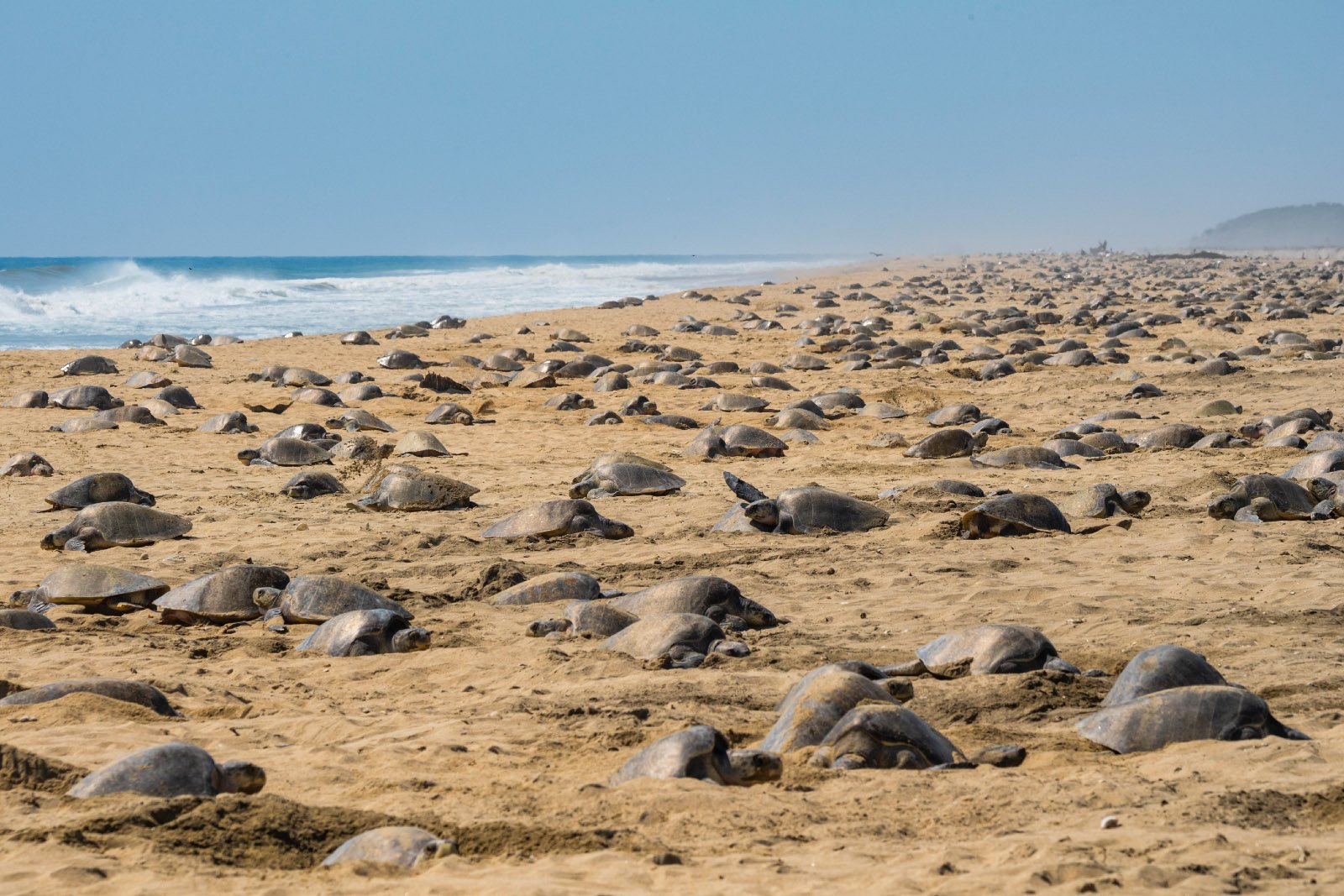Harmful algal blooms (HABs) have occurred on Florida’s west coast for centuries, with the first documented report of the HAB known as a red tide in 1844. Although many different organisms can cause HABs, the red tide that commonly affects the Gulf Coast of Florida is caused by a single-celled dinoflagellate known as…
Read MoreThe Mediterranean Sea is a bountiful yet dangerous place for sea turtles. Characterized by beautiful natural and cultural heritage sites and by rich biodiversity, the Mediterranean is also a troubled and overexploited sea, where sea turtles have a hard time coping with high fishing pressure, gas and oil development, major cross-continental maritime traffic, beachfront and other habitat impacts, and widespread marine pollution.
Read MoreIn Uruguay, the threat of plastic pollution looms large in an area considered to be an important foraging and developmental habitat for sea turtles in the southwestern Atlantic Ocean. In recent years, NGO Karumbé has focused in on the issue of plastic pollution through strong community engagement programs designed to embed conservation ethics in the Uruguayan people.
Read MoreIt is seven o’clock in the morning, and we are on an old wooden pier in a mangrove swamp on the south coast of Bahia, Brazil. After a night spent on a bus, our group boards two traditional fishing boats heading to Coroa Vermelha Island, a coral reef 13 kilometers offshore. Students of veterinary medicine and biology, journalists, an economist, an architect, a sales representative, and a retiree. Our shared goal is to capture juvenile green turtles, looking for signs of an all-too-common disease.
Read MoreUnderstanding the impact of chemical contaminants on turtles can inform turtle conservation and also can guide efforts to protect and conserve larger ecosystems. Partners in WWF-Australia’s Rivers to Reef to Turtles project have spent the past four years studying the chemical profile and health impacts of pollutants found in green turtles in the hope of improving the way turtles and their habitats are monitored and conserved.
Read MoreThe recent collapse of a tailings dam at a Samarco ore mine in the municipality of Mariana, Minas Gerais, Brazil, is now being called the worst environmental disaster in the country’s history. In the state of Espírito Santo at the mouth of the Rio Doce, pollutants ultimately despoiled globally important leatherback and loggerhead nesting beaches.
Read MorePlastics threaten many forms of marine wildlife through ingestion, entanglement, and the degradation of habitats and ecosystems. Sea turtles are of particular concern because their complex life histories, highly mobile behaviors, and use of numerous marine habitats expose them to harm from plastic pollutants through many different pathways.
Read More









